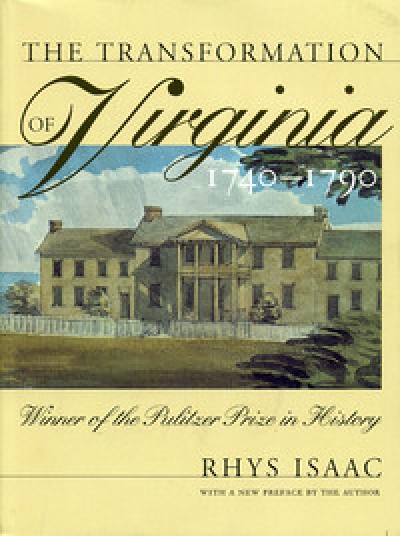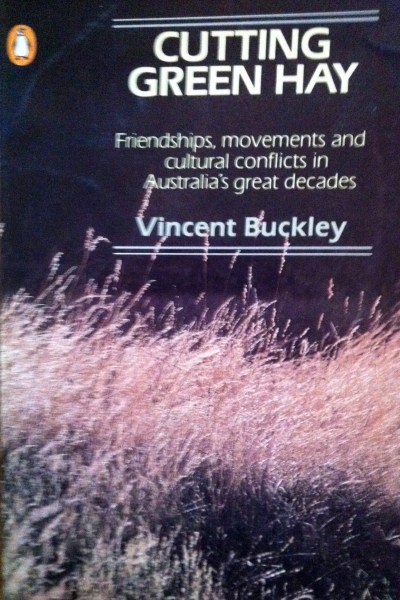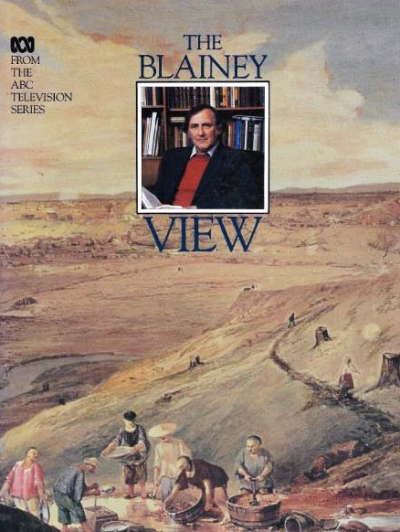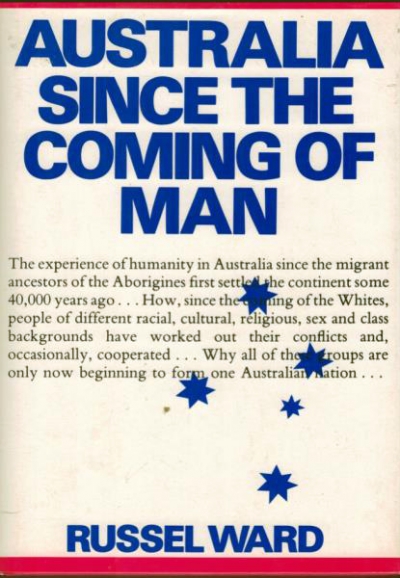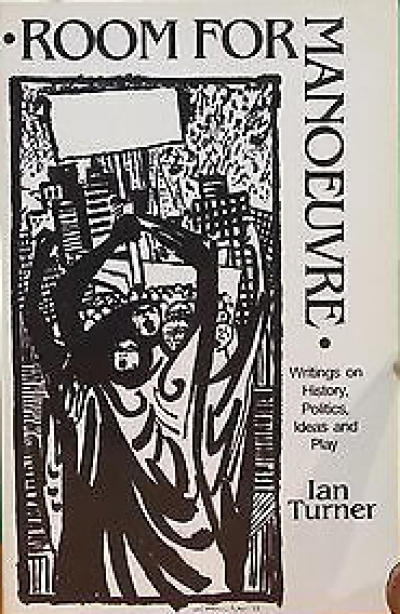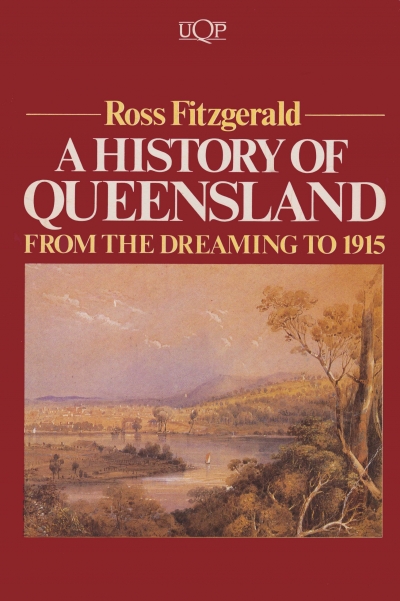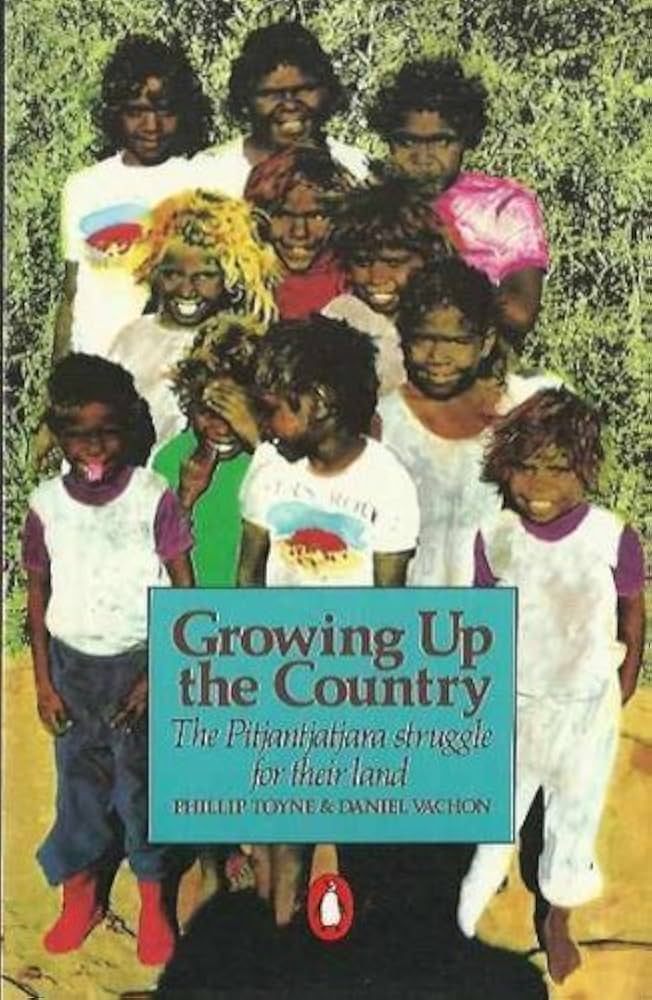History
The Transformation of Virginia 1740-1790 by Rhys Isaac
In a recent issue of the New York Review of Books, Gordon S. Wood lamented the current dominance of ‘monographic history’, a dominance which he claimed has brought ‘chaos’ to the discipline of history. Most works, he argued are so specific and technical that they are comprehensible only to a few specialists in each field. The title of this book might suggest that here is yet another study designed only to appeal to that hardy little band of historians who spend their professional lives grubbing through the records of early America.
... (read more)Cutting Green Hay: Friendships, movements and cultural conflicts in Australia's great decades by Vincent Buckley
On his first day at St Patrick’s, East Melbourne, Vincent Buckley was ‘flogged and flogged’ by a Jesuit priest in ‘an incompetent fury’. It is an experience that many of his readers will easily recognise, though their remembered lambastings were more likely to have been incurred at the hands of the Brothers and, unlike Buckley’s, would have been a continuing feature of school life.
... (read more)Geoffrey Blainey must be Australia’s bestselling historian by a very long way. His audience is far wider than Manning Clark’s for instance: and far less critical. Clark is periodically savaged by packs so frenzied they often seem unable to recognise the nature of the quarry. The difference of course is a matter of both style and substance. Clark, as an early critic once said, is ‘full of great oaths and bearded like the pard’, and he has not changed his fundamental spots. Blainey’s picture is inserted in the barren landscape on the front cover of this book, all warm and friendly; not a Jeremiah, but a kindly tribal elder who will unravel your historical landscape sotto voce, and with perfect equanimity. You can step into your past with Geoffrey Blainey and know you’ll be safe. He’s just about the friendliest historian imaginable.
... (read more)W.F. Mandle reviews 'The Tyranny of Distance', 'Triumph of the Nomads', and 'A Land Half Won' by Geoffrey Blainey
Who, we wondered, gets the largest Public Lending Right cheque each year – Manning Clark or Geoffrey Blainey? Probably still Manning, and he’ll still be ahead in the royalties stakes too, but the younger colt must be closing fast, and he shows no signs of tiring. Even if he did, his publishers, like Manning’s for that matter, can always do, as they have here, a recycling and packaging job.
... (read more)Australia Since the Coming of Man by Russel Ward & New History edited by G. Osborne and W.F. Mandie
Russel Ward’s new book is a revision of History, which he published in 1965, mainly for an American audience. In fact, it was read more in Australia and now he has extended the work, put in more detail, and, presumably in response to recent developments, included some cursory glances at the doings of Aborigines, explorers, and the female half of the Australian people.
... (read more)Rock Choppers: Growing up Catholic in Australia by Edmund Campion
The decisive influence on Australian politics and culture has been the fact that our society has always included a large minority who, even if they considered themselves British, were definitely Irish and not English. The fact that this minority has been Catholic and, as a result, has felt itself discriminated against, has shaped the church into an Irish rather than a European mode, so that, as Campion points out, not only was to be Irish to be Catholic, but to be Catholic was to be Irish.
... (read more)Room for Manoeuvre: Writings on history, politics, ideas and play edited by Leonie Sandercock and Stephen Murray-Smith
A joke told annually and publicly for fourteen years closes this collection of Ian Turner’s work. From 1965 to 1978, Turner delivered the Ron Barassi Memorial Lecture and so created the site of an imagined overlap between the more formal rituals of the intellectual culture and the rowdy world of spectatordom, the VFL, the most visible and familiar self-presentation of the popular. He fabricated this site for speaking ‘our’ culture by romping around it in careful pastiche.
... (read more)From the Dreaming to 1915: A history of Queensland by Ross Fitzgerald
The major problem with this approach to history, as Fitzgerald treads it, is that he takes the preoccupations and perspectives of the twentieth century Sunshine State and implants them in a colonial Queensland context. This achieved, Fitzgerald can point to the continuities of Queensland history. I am reminded of my dog, who buries his bones and considers himself smart when he succeeds in digging them up.
... (read more)Power Conflict and Control in Australian Trade Unions edited by Kathryn Cole
Kathryn Cole’s book sets out by means of thirteen contributions to evaluate ‘two assertions about trade unions (which) are pervasive’. These are that they are very or too powerful, and that they are usually the aggressors in industrial disputes. Its conclusion is that unions are more sinned against than sinning, or, to paraphrase the words of Evelyn Waugh in Brideshead Revisited describing Lady Marchmain, ‘they are saintly without being saints’.
... (read more)This book covers an important historical era in Aboriginal–European/Australian relationships. It describes in admirable detail the negotiations between the Pitjantjatjara people of north-west South Australia and their advisors on one side, and the South Australian government and bureaucratic departments on the other during the long hard battle to obtain title deeds to their land.
... (read more)

